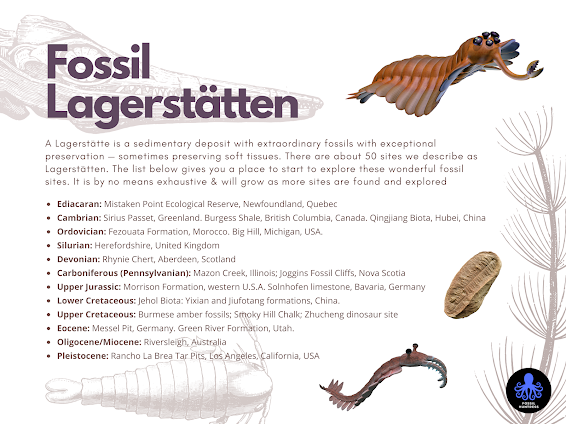 |
| Yorkshire Coast |
The Yorkshire Museum was given this important ichthyosaur fossil back in 1857 when alum production was still a necessary staple of the textile industry. Without that industry, many wonderful specimens would likely never have been unearthed.
These quarries are an interesting bit of British history as they helped shape the Yorkshire Coast, created an entirely new industry and gave us more than a fixative for dyes. With them came the discovery of many remarkable fossil specimens and, oddly, local employment in the collection of urine.
In the 16th century, alum was essential in the textile industry as a fixative for dyes.
 |
| Fashion in Medieval Livonia (1521): Albrecht Dürer |
This century saw the rise of the ruff, which grew from a mere ruffle at the neckline to immense, slightly silly, cartwheel shapes. They adorned the necklines of the ultra-wealthy and uber-stylish men and women of the age.
At their most extravagant, ruffs required wire supports and were made of fine Italian reticella, a cutwork linen lace.
 |
| 16th Century Fashion / Ruff Collars and Finery |
The Pope held a tidy monopoly on the industry, supplying both alum and the best dyes. He also did a nice trade in the colourful and rare pigments for painting. And for a time, all was well with dandy's strutting their finery to the local fops in Britain.
All that changed during the Reformation. Great Britain, heathens as they were, were cut-off from their Papal source and found themselves needing to fend for themselves.
The good Thomas Challoner took up the charge and set up Britain's first Alum works in Guisborough. Challoner looked to paleontology for inspiration. Noticing that the fossils found on the Yorkshire coast were very similar to those found in the Alum quarries in Europe, he hatched a plan to set-up an alum industry on home soil. As the industry grew, sites along the coast were favoured as access to the shales and subsequent transportation was much easier.
 |
| Alum House, Photo: Joyce Dobson and Keith Bowers |
At the peak of alum production, the industry required 200 tonnes of urine every year. That's the equivalent of all the potty visits of more than 1,000 people. Yes, strange but true.
The steady demand was hard to keep up with and urine became an imported resource from markets as far away as London and Newcastle upon Tyne in the northeast of England. Wooden buckets were left on street corners for folk to do their business then carted back to the south to complete the alum extraction process. The urine and alum would be mixed into a thick liquid. Once mixed, the aromatic slosh was left to settle and then the alum crystals were removed.
I'm not sure if this is a folktale or plain truth, but as the story goes, one knows when the optimum amount of alum had been extracted as you can pop an egg in the bucket and it floats on its own.
 |
| Alum House. Photo: Ann Wedgewood and Keith Bowers |
There are many sites along the Yorkshire Coast which bear evidence of the alum industry. These include Loftus Alum Quarries where the cliff profile is drastically changed by extraction and huge shale tips remain.
Further South are the Ravenscar Alum Works, which are well preserved and enable visitors to visualize the processes which took place. The photos you see here are of Alum House at Hummersea. The first shows the ruin of Alum House printed on a postcard from 1906. The second (bottom) image shows the same ruin from on high with Cattersty Point in the background.
The good folk at the National Trust in Swindon are to thank for much of the background shared here. If you'd like to learn more about the Yorkshire area or donate to a very worthy charity, follow their link below.
Reference: https://www.nationaltrust.org.uk/yorkshire-coast/features/how-alum-shaped-the-yorkshire-coast




































